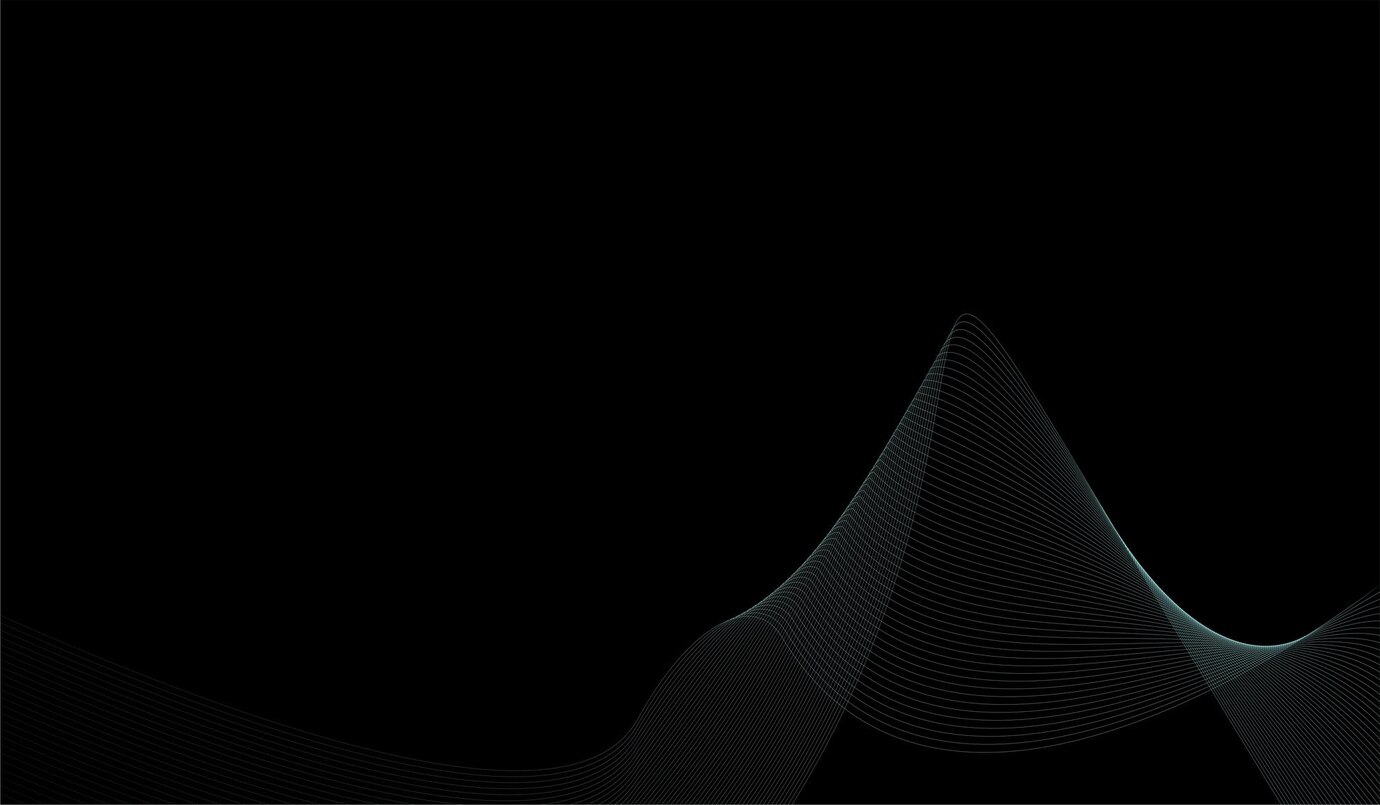Department:
Technology
Location:
Pune
Work mode:
Onsite
Employment Type:
Full Time
About udChalo:
udChalo is a leading consumer technology company dedicated to serving
India’s armed forces
personnel
and their
families
. Founded in 2012, we simplify access to essential services like Housing, Travel, Financial Services, and E-Commerce for the defense community with a focus on Making Life Simpler for Our Soldiers. With a strong customer base of over 8,00,000+ users, we are proud to make life simpler for our soldiers through innovation, affordability, and trust.🔗 Learn more at: www.udchalo.com
Why udChalo?
At
udChalo
, we don’t just offer jobs—we offer meaningful careers rooted in purpose. With a bold vision of
making life simpler for our soldiers, we proudly serve the Defence community under our guiding motto:
“Service for Services.”
What sets us apart is our vibrant, open, and collaborative work culture built on core values that truly matterJoin a team of passionate, young professionals in a fun-filled environment where every voice is heard and every idea has the potential to make an impact. Whether you're looking to grow your skills, take on new challenges, or build a long-term career, udChalo offers the learning, growth, and purpose you are looking for.
Role Overview:
As a
UI UX Designer Lead,
you will be responsible for creating user-friendly, visually engaging, and intuitive digital experiences. This role involves conducting user research, developing wireframes and prototypes, collaborating with developers, and leading usability testing. The designer ensures consistent design standards while staying updated with the latest UI/UX trends and best practices.
Key Roles And Responsibilities:
- Conduct user research using qualitative and quantitative methods (e.g., surveys, usability testing, interviews) to gather actionable insights that inform product design decisions.
- Design mobile-first, responsive interfaces that perform consistently across screen sizes and platforms (web and mobile), incorporating accessibility and WCAG guidelines.
- Translate complex user journeys into intuitive layouts by creating detailed wireframes, user flows, journey maps, and high-fidelity mockups using Figma or other modern design tools.
- Collaborate closely with cross-functional teams — including product managers, developers, and content writers — to ensure a seamless handoff and implementation of designs.
- Review and refine UI designs based on usability test results, stakeholder feedback, and analytics data to drive continuous UX improvement.
- Maintain and contribute to the product’s design system and component library, ensuring visual consistency, scalability, and ease of reuse across projects.
- Apply heuristic evaluation methods to identify UI/UX flaws and proactively suggest practical, scalable improvements.
- Integrate user behavior insights from tools like Hotjar or Google Analytics into the design feedback loop to improve interface usability and engagement.
- Support the implementation of design review and version control processes (e.g., via Figma branching or Abstract) to streamline collaborative workflows.
- Mentor junior designers or interns, providing design feedback and guidance on best practices and user-centered design principles.
Qualification:
- Education: Any engineering degree or course relevant in the design field.
- Certifications (if any ): Relevant experience in UI/UX design required/ Any engineering degree or course relevant in the design field
Experience Required:
- Minimum: 4+ years in UI/UX design
- Preferred: 4+ years in UI/UX design
Mandatory:
Technical Requirements:
- Proficiency in UI/UX design tools: Figma (primary), Adobe XD, Sketch
- Demonstrates ability to create wireframes, interactive prototypes, and high-fidelity mockups using component-based design systems to ensure scalability and consistency.
- Applies working knowledge of front-end technologies (HTML, CSS, JavaScript) to collaborate effectively with developers, while designing mobile-first, responsive interfaces that adapt smoothly across screen sizes and devices.
- Applies comprehensive user research methods, including surveys, interviews, and usability testing, to gather insights and continuously refine product design.
- Strong understanding of accessibility standards (WCAG) and inclusive design principles to ensure universal usability.
- Ability to conduct heuristic evaluations and provide actionable UI/UX recommendations.
- Experience in creating and maintaining user journey maps, empathy maps, and service blueprints.
Preferred:
- UX copywriting skills to craft compelling copy & microcopy
- Familiarity with collaboration tools like Zeplin, JIRA, and Confluence.
- Exposure to motion design tools (e.g., Principle, After Effects, Lottie) for micro-interactions or animations.
- Experience in integrating user analytics (e.g., Hotjar, Crazy Egg, Google Analytics) into design iteration loops.
- Understanding of behavioral science or cognitive psychology principles to enhance intuitive design.
- Awareness of tools for design version control and collaboration (e.g., Abstract, Figma branching).
- Basic familiarity with no-code or low-code platforms (e.g., Webflow, Framer) for interactive prototypes.
Mandatory:
Key Competencies:
- Displays ownership by leading the full design process—from user research to prototyping—to deliver intuitive, accessible, and user-centered interfaces.
- Demonstrates problem-solving agility by simplifying complex workflows into clean, functional, and inclusive design solutions.
- Exhibits cross-functional collaboration by working closely with product managers, developers, and stakeholders to ensure smooth implementation of design outputs.
- Shows strategic creativity by balancing user needs, business goals, and brand consistency while crafting visually engaging experiences.
- Applies an improvement mindset by iterating designs based on usability test outcomes, analytics, and user/stakeholder feedback.
Preferred:
- Demonstrates mentorship by guiding junior designers with constructive critique and promoting user-first thinking across the team.
- Shows adaptability by exploring and adopting emerging design practices or tools such as motion design or behavioral psychology principles.
- Displays influence by articulating design decisions through data and user insights to gain alignment from senior stakeholders.
- Apply system-thinking by maintaining scalable design components that support consistency and efficiency across products.









